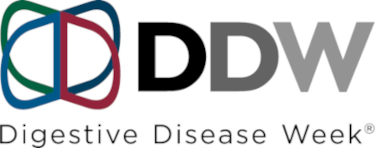Sp1075
ARTIFICIAL INTELLIGENCE IN BARRETT'S ESOPHAGUS - WILL IT LIVE UP TO THE HYPE?
Date
May 21, 2024
Tracks
Related Products
GENOMIC MARKERS FOR ENHANCED RISK STRATIFICATION IN BARRETT’S ESOPHAGHUS PATIENTS WITH LOW GRADE DYSPLASIA
Current risk stratification of Barrett's esophagus (BE) patients, based on histological identification of dysplasia, lacks reliability due to poor interobserver agreement and the limited predictive value of low-grade dysplasia (LGD)…
ARTIFICIAL INTELLIGENCE: WHERE DOES IT FIT IN NOW?
A variety of new developments in the realms of screening and surveillance of Barrett's esophagus have occurred in recent years. This session will focus on the current evidence base for risk assessment algorithms to enhance screening uptake, new screening tools and obstacles to implementation…
ADDITIONAL VALUE OF EXPERT CARE FOR PATIENTS WITH ULTRA-LONG BARRETT'S ESOPHAGUS IN THE NETHERLANDS: RESULTS OF THE NATIONWIDE BARRETT EXPERT CENTER REGISTRY.
The neoplastic progression risk in Barrett’s Esophagus (BE) increases with increasing BE length. Therefore, some guidelines recommend that patients with ultra long-segment BE ≥10cm (ULS-BE) are referred to an expert center, however, recommendations on further management are lacking…
THE TISSUE SYSTEMS PATHOLOGY TEST ENABLES RISK-ALIGNED MANAGEMENT FOR PATIENTS WITH BARRETT’S ESOPHAGUS
INTRODUCTION: The goal of Barrett’s esophagus (BE) surveillance is to detect dysplasia and esophageal adenocarcinoma (EAC) at early, treatable stages…


